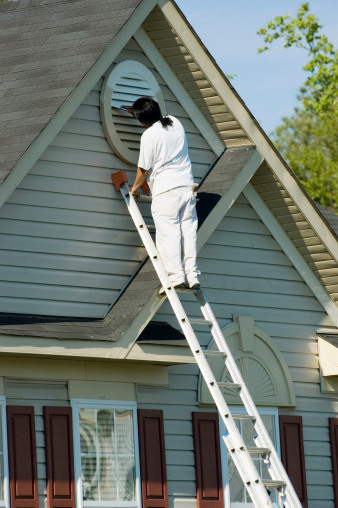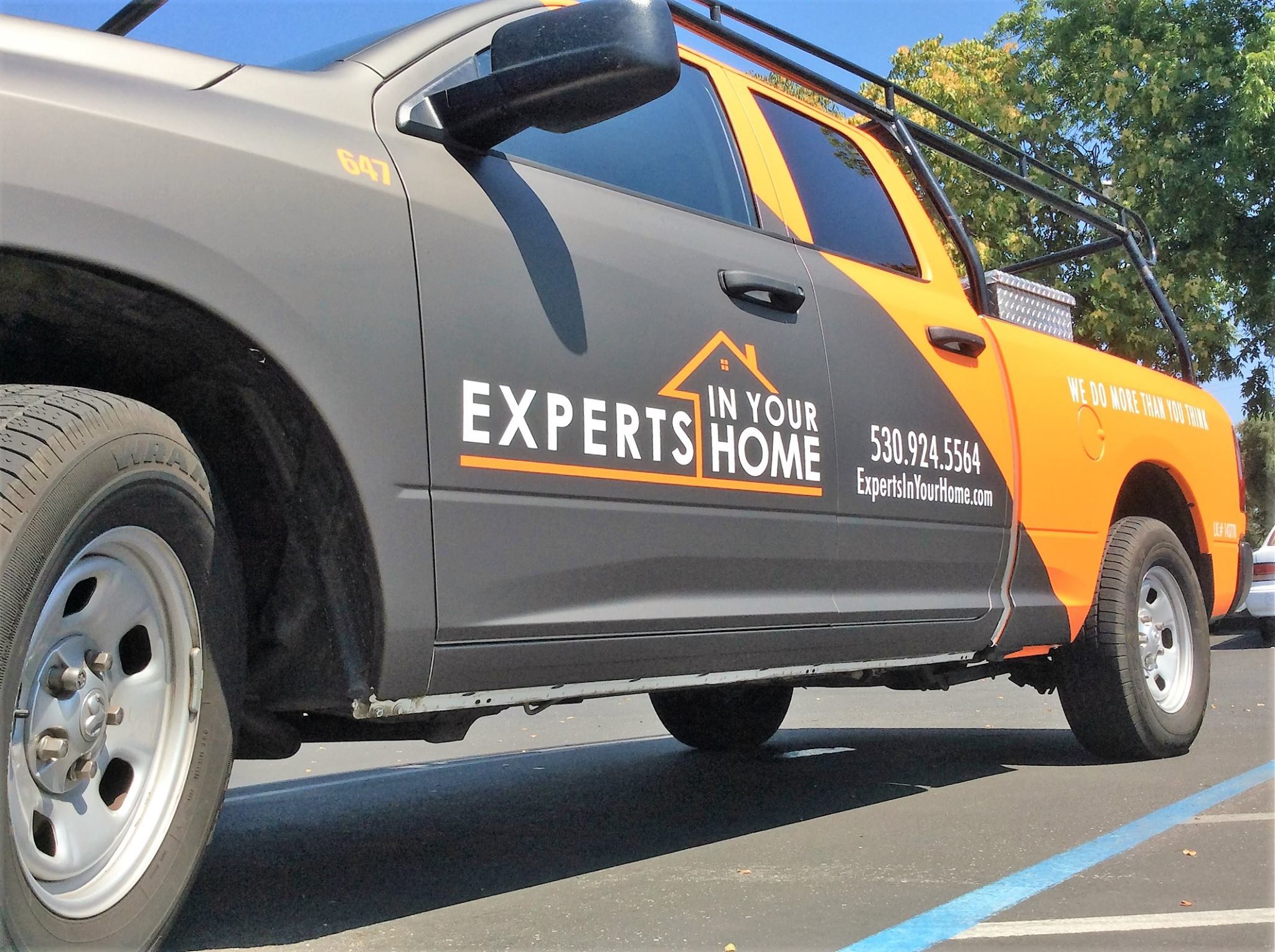 You should record yourself now, just as a friendly reminder of how a pet can wear down your resistance. “I'll never let him sleep on my favorite chair,” you might say – and genuinely mean it – until you find the the little fuzzball curled up and looking so docile and adorable that you let him stay put.
You should record yourself now, just as a friendly reminder of how a pet can wear down your resistance. “I'll never let him sleep on my favorite chair,” you might say – and genuinely mean it – until you find the the little fuzzball curled up and looking so docile and adorable that you let him stay put.
The fur he leaves behind is one thing – a nuisance you'll adapt to with time. But hazards are something else again, and you'll want to protect your new puppy or kitten from those household objects that could injure or make him or her physically sick.
Circle your home, room by room, to assess the potential hazards to your pet. There may be no such thing as truly “animal proofing” your home – unless you want to part with your favorite chair – but you can eliminate or minimize many hazards with proactive steps.
Animal Proofing Your Home, Room by Room:
Room: Kitchen
Prime potential hazards: Food, cleaning supplies and sharp utensils. Toxic food for pets includes chocolate, avocados, grapes and raisins, macadamia nuts, onions, garlic and coffee.
Proactive steps:
- Keep food out of reach and/or covered.
- Begin composting rather than throwing out food scraps; it’s a safe move for your pet and good for the environment at the same time.
- Purchase a garbage can with a secure cover so that your pet cannot nudge it open for food; even food packaging can be a choking hazard.
- Store cleaning supplies in tall cabinets and secure them with childproof latches.
Room: Bathrooms
Prime potential hazards: Medications and water (which pose a drowning hazard). Even vitamins and dental floss can be harmful if a pet swallows them.
Proactive steps:
- Confine medications to a medicine cabinet or locked cabinet; do not store them on a counter next to the sink.
- Keep the shower door and toilet lid closed at all times.
- Reconsider keeping a trash can in the bathroom; it's a too-easy target.
Room: Living and Family Room
Prime potential hazards: Cords, wires and plants.
Proactive steps:
- Bundle and conceal cords and wires. A pet who chews on a plugged-in electronic device can be electrocuted.
- Elevate poisonous plants.
- Install covers over air vents to reduce the risk of an accident.
- Be vigilant about small toys and pieces from board games, which could be a choking hazard.
- Reduce clutter – and reduce the number of chewing opportunities at the same time.
Room: Bedrooms
Prime potential hazards: Medications, wires and cords, jewelry, hair clips and shoes.
Proactive steps:
- Consider keeping bedroom doors closed when you're not home to supervise your pet. The number of potential chewing hazards are innumerable, and he or she may feel more adventurous and daring when you're not around.
- Keep small objects out of reach, and not just at ground level; pets are happy to leap-frog and jump if they're in hot pursuit of something that intrigues them.
- Abstain from using mothballs – or, if you must, keep this toxin safely out of reach.
Room: Basement and Garage
Prime potential hazards: Chemicals (from pesticides and fertilizer) and tools. Even mulch can make a pet ill if he or she consumes it.
Proactive steps:
- Lock all chemicals in a storage cabinet.
- Unplug tools and keep large ones (especially saws) covered at all times.
- Confine small items – nuts, bolts, screws and nails – to storage bins that close.
If you've come up with an ingenuous way to make your home safer, we'd like to know at Experts in Your Home. Or, if you're like many of your neighbors, you might be interested in building an outdoor pet house for your pet, a project that is right up the Experts' alley. An outdoor pet house is a great solution for a pet who likes the outdoors but still wants some protection from the elements – or has landed in your doghouse after stirring up trouble indoors.
For your home maintenance and construction needs, contact Experts In Your Home today!








